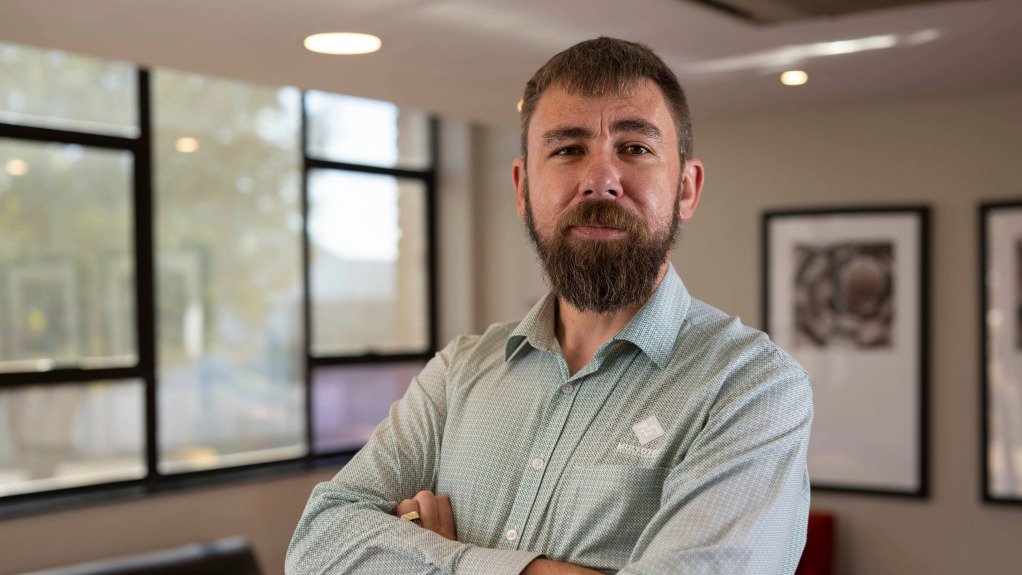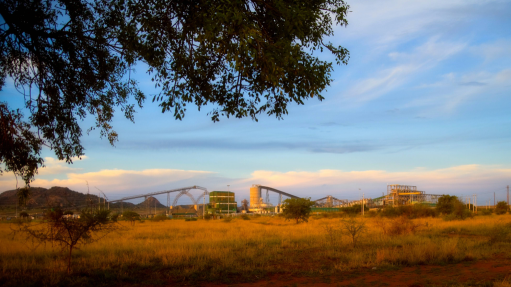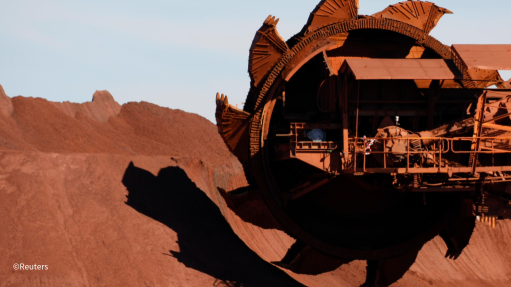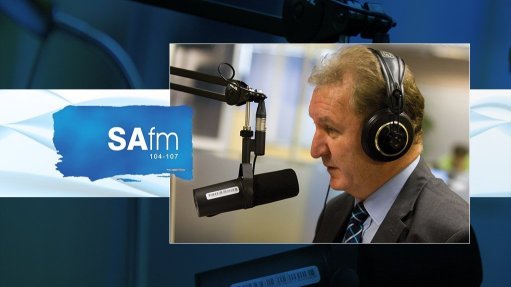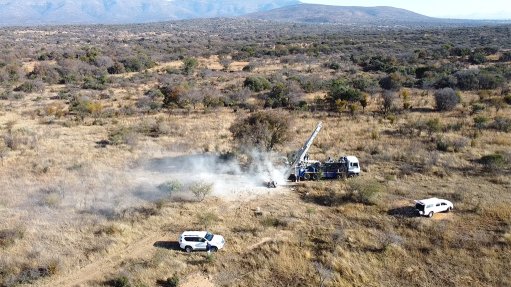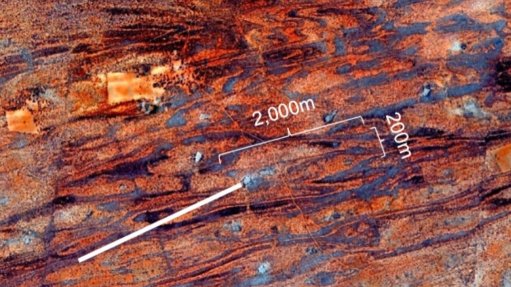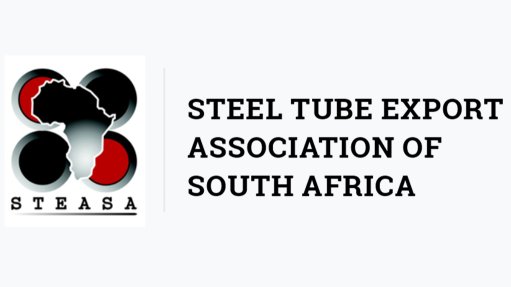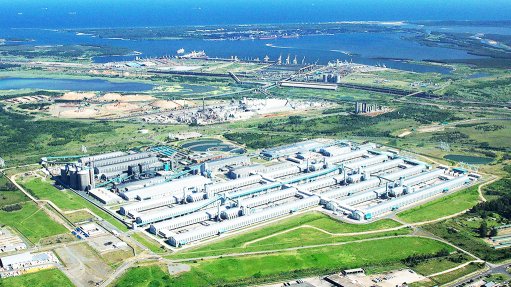Coal’s future ‘evolving, not vanishing’ as industry adapts to ESG demands, conference hears
Despite the strain on coal from international agreements and shifting investor priorities, data shows the commodity’s resilience, according to Multotec Cyclones product manager Frikkie Enslin.
“Coal usage isn’t vanishing – it’s evolving. Coal is often considered a fuel of the past, yet global consumption of it has almost doubled in the past three decades,” he said at the twenty-first International Coal Preparation Conference, in Sun City, on October 13.
Enslin highlighted how the coal processing industry was adapting to environmental, social and governance (ESG) requirements while maintaining efficiency and sustainability, adding that while there had been a global push to reduce coal dependency, much of the world’s coal capacity remained active.
“If we look at the current global coal power operating capacity, we see that about 12% is on planned closure, 11% is some sort of slow phase-out commitment and [for] 77% there is no phase-out commitment at this stage,” he said.
He added that despite the Paris Agreement of 2015, which sought to limit global warming to 1.5 °C above preindustrial levels, coal-fired power capacity had not declined uniformly.
“There’s about eight countries which eliminated their capacity, about 26 countries who decreased the capacity, no change from 14 countries and 36 countries that actually increased their capacity. That gives us a positive delta in the order of 275 GW,” Enslin said.
In South Africa, Eskom’s generation division operates 15 coal-fired power stations with an installed capacity of about 45 GW.
He added that, to meet the Paris Climate Agreement target, all these plants must be retired by 2030 in the world’s richest countries, and by 2040 elsewhere.
Enslin identified three key approaches being adopted by coal processors as they leaned into ESG without quitting coal: turning waste into wealth, optimising resources for efficiency and building for longevity.
He said one of the most significant challenges in coal mining and processing was the generation of discard material.
“There were more than 1.5-billion tonnes of coal dumps in South Africa in 2013 already [according to statistics from 2013], and we add to it at a rate of about 60-million tonnes annually here in South Africa,” he said, noting that many of these dumps still contain large amounts of usable coal, and reprocessing them allows companies to generate additional revenue while reducing their environmental footprint.
“By recycling these discard dumps, companies are able to generate additional revenue streams from resources that were previously perceived as waste. The advantages include the reduction of the overall carbon footprint of processing coal and reducing the site’s physical discard footprint,” Enslin said.
He added that, while the treatment of some coal discard dumps may appear commercially attractive, due diligence was essential to ensure the material could produce a coal product that met market requirements.
He cited data from the Witbank coalfields, in Mpumalanga, showing that discard material with a raw quality of 43% ash could be improved to 26.5% ash at a yield of about 44%, provided that accurate process control was maintained.
Enslin also shared results from a plant near Middelburg that reprocessed discard coal using a dry flow separator. The plant achieved yields ranging from 35% to 68%, allowing it to extend the life of its operation and protect local jobs.
Another major focus of Enslin’s address was on reducing magnetite consumption in dense medium separation (DMS) plants, where magnetite acts as the medium used to separate coal from waste.
“Magnetite can be an expensive item in the operational expenditure of a coal washing plant. In fact, there’s statistics that recommend that anything between 10% to 20% of the total operating cost of a conventional DMS plant can be ascribed to medium costs,” he said.
He explained that improving equipment efficiency could deliver substantial savings.
“If we’re going to work a little bit on our drain and rinse screens, replace the spray nozzles, ensure there is sufficient water, have a look at our mag seps and make sure that we feed them properly and give them the best possible option to separate sufficiently, all of a sudden we see our new consumption is in the order of 0.4 kg/t.
“This means, by giving this small area of your plant some attention, there is potential of saving more than 10% on your current operating expenditure,” Enslin said.
He also discussed the importance of selecting the right materials of construction for equipment such as cyclones, which are central to many coal handling and processing plants.
“Cyclones can be manufactured from many different materials of construction, some mundane, some a little bit more exotic, but the two most common in the DMS application are high chrome cast iron and alumina ceramic lined mild steel units,” he said.
He emphasised that, while high-wear-resistant materials could reduce long-term costs, they might carry a higher upfront expense.
“Be careful not to be penny wise and pound foolish. It is worth noting that a poorly performing cyclone due to excessive wear can swiftly result in the loss of valuable product which far surpasses the original purchase cost,” Enslin pointed out.
He noted that combining different materials for different parts of the cyclone could extend equipment life and reduce waste.
“Selecting the right material of construction ensures improved durability, enhanced separation efficiency and reduced maintenance costs,” he said.
Article Enquiry
Email Article
Save Article
Feedback
To advertise email advertising@creamermedia.co.za or click here
Press Office
Announcements
What's On
Subscribe to improve your user experience...
Option 1 (equivalent of R125 a month):
Receive a weekly copy of Creamer Media's Engineering News & Mining Weekly magazine
(print copy for those in South Africa and e-magazine for those outside of South Africa)
Receive daily email newsletters
Access to full search results
Access archive of magazine back copies
Access to Projects in Progress
Access to ONE Research Report of your choice in PDF format
Option 2 (equivalent of R375 a month):
All benefits from Option 1
PLUS
Access to Creamer Media's Research Channel Africa for ALL Research Reports, in PDF format, on various industrial and mining sectors
including Electricity; Water; Energy Transition; Hydrogen; Roads, Rail and Ports; Coal; Gold; Platinum; Battery Metals; etc.
Already a subscriber?
Forgotten your password?
Receive weekly copy of Creamer Media's Engineering News & Mining Weekly magazine (print copy for those in South Africa and e-magazine for those outside of South Africa)
➕
Recieve daily email newsletters
➕
Access to full search results
➕
Access archive of magazine back copies
➕
Access to Projects in Progress
➕
Access to ONE Research Report of your choice in PDF format
RESEARCH CHANNEL AFRICA
R4500 (equivalent of R375 a month)
SUBSCRIBEAll benefits from Option 1
➕
Access to Creamer Media's Research Channel Africa for ALL Research Reports on various industrial and mining sectors, in PDF format, including on:
Electricity
➕
Water
➕
Energy Transition
➕
Hydrogen
➕
Roads, Rail and Ports
➕
Coal
➕
Gold
➕
Platinum
➕
Battery Metals
➕
etc.
Receive all benefits from Option 1 or Option 2 delivered to numerous people at your company
➕
Multiple User names and Passwords for simultaneous log-ins
➕
Intranet integration access to all in your organisation



